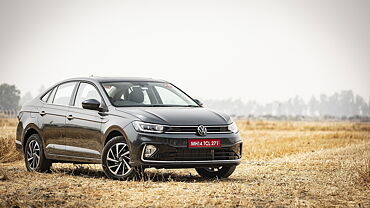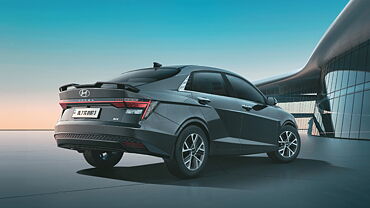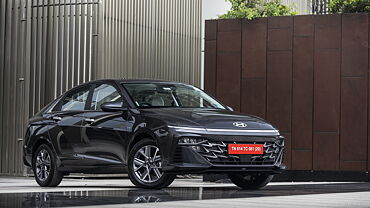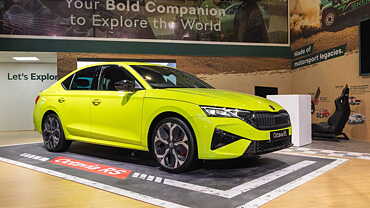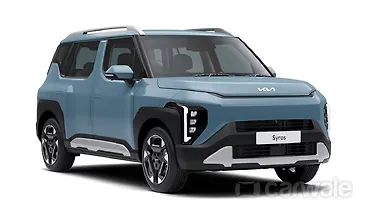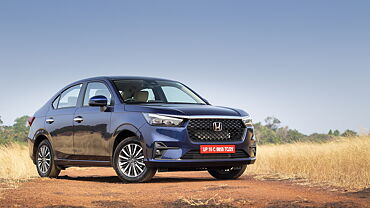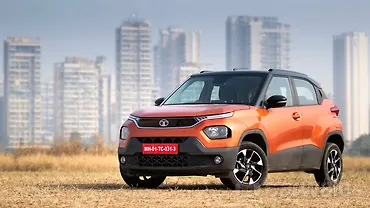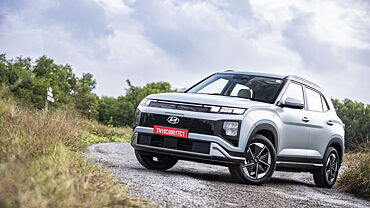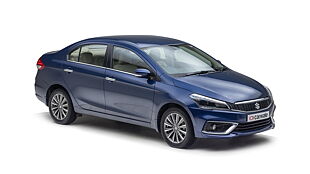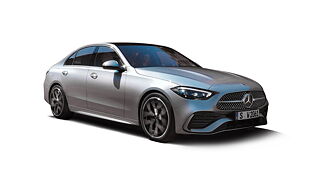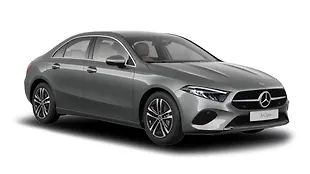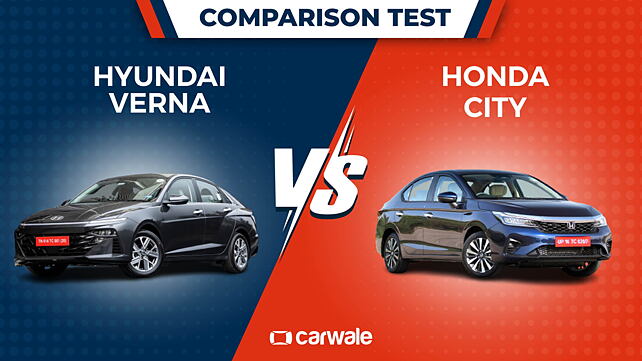
Once upon a time, before the SUV era, sedans were the most dominant segment in the Indian automobile industry. As the SUV onslaught took shape over the last 10 years, the sedan segment fell dormant. However, it has seen a revival in the last two years with the introduction of new players, and of these, the most recent entrants are the Honda City with a facelift and an all-new Hyundai Verna.
Both of these cars have been the best-selling sedans for their respective brands. But how do they perform when pitted against each other? Read on to find out.
Design:

The exterior highlight of the new Verna is the parametric jewel front grille, a long LED bar running across the bonnet, ‘H-shaped’ parametric connected LED taillamps and a ‘Verna’ badging right under the Hyundai logo.

The 2023 Honda City gets a minor change on the exterior compared to its predecessor. The front bumper is now tweaked while the LED headlamps are retained from the outgoing model. At the front, it gets a honeycomb mesh grille and the silhouette remains untouched. It now rides on 16-inch diamond-cut alloy wheels.
Dimensions:

The new Hyundai Verna measures 4,535mm in length, 1,765mm in width, and 1,475mm in height, while the wheelbase stands at 2,670mm. It gets a bigger boot space of 528 litres which is the largest in the segment.

On the other hand, the 2023 Honda City measures 4,583mm in length, 1,748mm in width, and 1,489mm in height. The wheelbase of the sedan stands at 2,600mm and gets a boot space of 506 litres. This makes the Honda City 48mm longer, 17mm narrower, and taller by 14mm in comparison to the Verna. Moreover, it compromises on the wheelbase and boot space by 70mm and 22 litres, respectively.
Interior and features:

The 2023 Verna can be had in two interior colour themes. The standard variant gets a black and beige theme while the turbo variant sports an all-black interior with red accents. Upfront, it gets a 10.25-inch touchscreen infotainment screen and a fully-digital driver’s display, a switchable type infotainment and climate controller, ambient lighting, a cooled glovebox, paddle shifters, electronically adjustable ventilated and heated front seats, and a voice-enabled smart electric sunroof.

As for the interior, the updated Honda City comes equipped with an eight-inch touchscreen infotainment system, wireless connectivity for Apple CarPlay and Android Auto, and a seven-inch coloured MID. Moreover, it also gets wireless charging, an air purifier, an electric sunroof, rain-sensing wipers, and a new interior theme.
In terms of safety, both cars come with ADAS safety features. The Hyundai Verna is equipped with Hyundai’s 17 SmartSense Level 2 ADAS features, while Honda has equipped six ADAS safety features in the 2023 City. In this aspect, the Verna clearly has an edge over the City.
Engine:

The new Hyundai Verna comes with two gasoline motors – a 1.5-litre naturally aspirated mill and a 1.5-litre turbo-petrol engine. The NA mill produces 113bhp and 144Nm of torque while the turbo-petrol belts out 158bhp and 253Nm of torque. The former comes mated to a six-speed manual gearbox or a CVT unit while the latter is paired with a six-speed manual or seven-speed DCT gearbox.

Under the hood, the new Honda City gets a 1.5-litre NA petrol engine and a 1.5-litre petrol-hybrid motor. The pure gasoline engine produces 119bhp and 145Nm of torque and comes mated to a six-speed manual or CVT unit. On the other hand, the hybrid version churns out 107bhp and 253Nm of torque and comes paired only with an e-CVT unit.
Both cars are now compliant with the new RDE and BS6 Phase 2 emission norms.
Prices:

Hyundai has launched the Verna at an introductory price of Rs. 10.90 lakh (ex-showroom) for the base EX variant, while the top SX(O) variant is tagged at Rs. 17.38 lakh (ex-showroom). The model can be had in four trims: EX, S, SX, and SX(O).

On the other hand, the new Honda City is positioned as a premium offering. It starts from Rs. 11.49 lakh (ex-showroom) for the base SV variant and goes all the way up to Rs. 20.39 lakh (ex-showroom) for the top-spec ZX variant. The sedan is offered in four variants namely SV, V, VX, and ZX.




